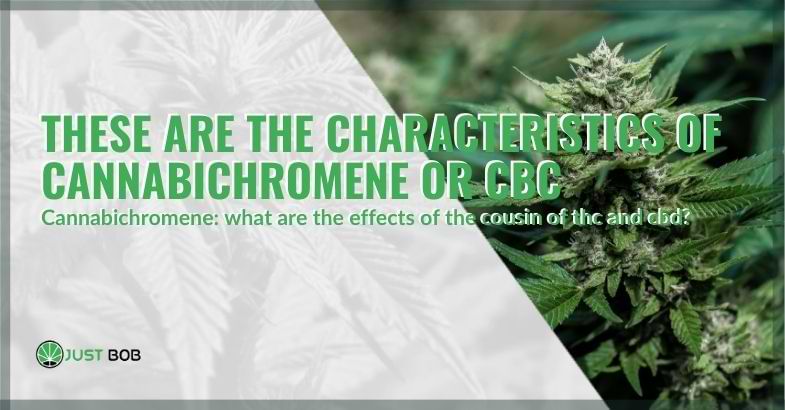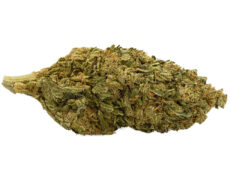Modified on: 19/04/2024
CANNABICHROMENE: WHAT ARE THE EFFECTS OF THE COUSIN OF THC AND CBD?
In the phytocannabinoid world, THC and CBD tend to receive most of the attention from cannabis users. In analysis laboratories, however, other cannabinoids are of equal importance, including a particularly abundant compound known as cannabicromene.
Interestingly, cannabicromene is somewhat unique among phytocannannabinoids and offers a number of potential therapeutic benefits all of its own.
-
 SMALL & BIG
SMALL & BIGBUBBLEGUM
Starting from: 1,25CHF/gIndoor | CBD – CBDA <22%
Grams3 5 10 20 50 100 -


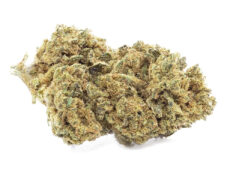
DO SI DOS
Starting from: 2,00CHF/gIndoor | CBD – CBDA < 19%
Grams3 5 10 20 50 100 -


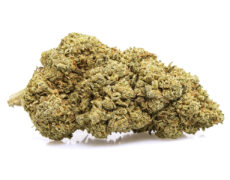
ROYAL GG#4
Starting from: 2,30CHF/gIndoor | CBD – CBDA < 40%
Grams3 5 10 20 50 100 -


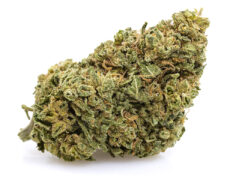
GORILLA GLUE
Starting from: 2,90CHF/gIndoor | CBD – CBDA < 20%
Grams3 5 10 20 50 100
This guide looks at what we know about cannabichromene, the cannabinoid that is rarely in the spotlight.
First of all, what is cannabichromene (CBC)?
Cannabichromene, sometimes abbreviated to CBC, is one of the most abundant non intoxicating cannabinoids found in cannabis. Cannabicromenic acid (CBCA) is also one of the first three phytocannabinoid lines to develop in the cannabis plant, converting from CBGA to CBCA along with THCA and CBDA.
But what makes it so special?
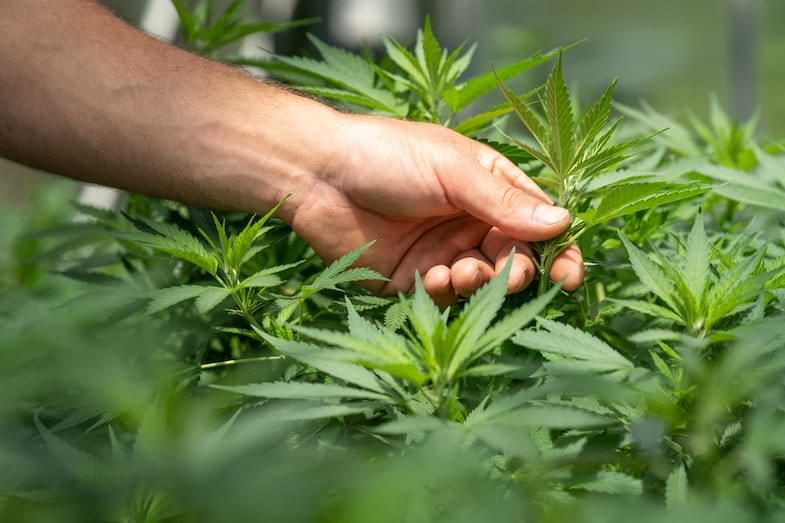

Discovered in 1966 by famous cannabis researchers Raphael Mechoulam and Yechiel Gaoni, cannabichromene is unique compared to its cousins because it shows no interaction with cannabinoid receptors of the endogenous cannabinoid system (ECS).
Despite this, cannabichromene seems to offer a number of potential therapeutic impacts that make it an important compound in any broad-spectrum cannabis product (such as the CBD flowers).
So let ‘s go deeper.
Read also: Taxation of CBD cannabis 2024 in Italy: danger averted?
How does cannabichromene work?
Although CBC does not produce the type of psychotropic effects that cannabinoids like the well-known THC have, it has shown therapeutic potential in animal studies. But if it does not really interact with the CB1 and CB2 receptors present in the endocannabinoid system, then how does cannabichromene work?
Instead of interacting directly with cannabinoid receptors, cannabichromene can inhibit the absorption of anandamide.
What is anandamide?
It is an endogenous cannabinoid produced naturally by the body, responsible for regulating a series of processes, from appetite to mood. If initial observations that CBC inhibits the absorption of anandamide are accurate, cannabichromene could potentially indirectly influence ECS and its functions related to the absorption of anandamide.
But there is more.
Some research also suggests that cannabichromene has anti-inflammatory potential, as demonstrated in animal models. Interestingly, this is not related to the interaction of cannabichromene with cannabinoid receptors, but to its interaction with cationic channels of transient receptor potential (TRP), in particular TRPA1, TRPV1-4 and TRPV8.
Affinity for TRP cation channels can also cause cannabichromene to find gastrointestinal applications, as functions such as intestinal motility are related not only to TRP cation channels, but also to endocannabinoids such as anandamide and 2-arachidonoylglycerol (2-AG).
In addition, cannabichromene can offer pain relief due to its ability to modulate nociception, which is the sensation of pain. Its nociceptive qualities are also mediated by TRP cationic channels, in particular TRPV1 and TRPA1. Finally, we know that THC is also effective in relieving pain related to a wide range of conditions, so researchers suspect that CBC may be able to enhance these characteristics through the entourage effect.


How do labs test the potency of cannabichromene?
To determine the levels of cannabichromene during the profiling of phytocannabinoids, testing laboratories should conduct a potency test.
But how does it work?
Essentially, this is generally performed using a process known as high-performance liquid chromatography (HPLC), which involves the use of a solvent to extract the phytocannabinoids contained in the sample.
The resulting mixture is then passed through a solid matrix, separating the individual compounds from each other on the basis of their different masses. Then, using ultraviolet (UV) light, the analysts identify each individual compound and quantify it as it degrades and converts.
Read also: Hemp and art: the link between painters and marijuana
Conclusion
In this article we talked about a cannabinoid unknown to many: CBC.
Indeed, cannabichromene may not have shared the spotlight with its cousins THC and Cannabidiol, but one thing is certain: it remains a crucial compound in cannabis and one of the most abundant. As we have seen in this article, its unique mechanism of action and affinity for the TRP cation channel are indicators of its ability to offer unique benefits that could be particularly effective for some consumers.
So, we will have to wait for further studies and insights, but the results already seem promising!
If you don’t want to miss all the updates visit Just bob, the leading portal of the sector in Switzerland that offers the widest range of CBD weed of the best quality.
See you soon on Justbob!

